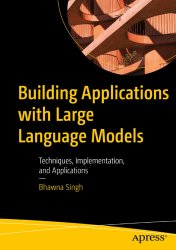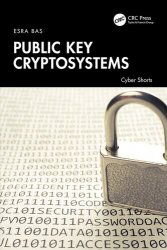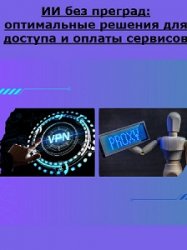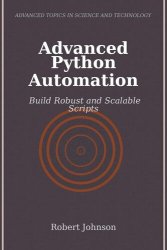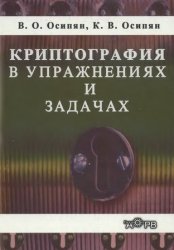 Название: The Practitioner's Guide to Cellular IoT
Название: The Practitioner's Guide to Cellular IoTАвтор: Cameron Coursey
Издательство: Artech House
Год: 2020
Страниц: 261
Язык: английский
Формат: pdf (true)
Размер: 11.04 MB
The Internet of Things (IoT) has grown from a niche market for machine-to-machine communication into a global phenomenon that is touching our lives daily. The key aspects of IoT are covered in this book, including the anatomy of an IoT device and how it is connected to a backend system, the nuances of data extraction and keeping the data safe and secure, the role of the SIM card in cellular connected IoT devices, and how IoT devices are controlled. Low-power wide-area devices that will allow almost anything to be connected, how IoT devices are being connected around the world, and how 5G and edge computing will continue to drive new use cases are explained. Overcoming the challenges of creating IoT applications and hardware is covered. Detailed examples of how IoT is being used in the spaces of industrial, consumer, transportation, robotics, and wearables are provided. The IoT industry is explained. Finally, the future of IoT is covered in light of technical, social, and economic advances.
IoT and cellular existed independent from each other for some time. Cellular technology was built first for voice communication. It was later optimized to support data transmission with a focus on human communication, such as for email, web browsing, and eventually smartphone applications. The cellular data path was later adopted for IoT use. Without recounting the exhaustive history of IoT and cellular, reviewing a few key concepts will set the stage for the remainder of this book.
There are various types of IoT devices. They may be internal to the object, either integrated into the design or inserted as a socket modem. There are advantages for both. An integrated IoT device will typically cost less because it can share certain components such as memory, assuming that the object also has the need for memory. However, a socket modem is beneficial if only a subset of objects will need to be connected. For example, there may be a high-end model that includes a socket modem and a low-end model that does not.
Скачать The Practitioner's Guide to Cellular IoT
[related-news] [/related-news]
Комментарии 0
Комментариев пока нет. Стань первым!

